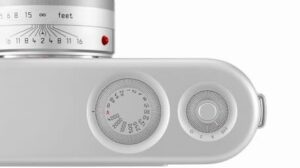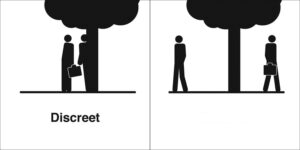Mastering Exposure: Navigating the Sunny 16 Rule in Photography

The introduction:
A photographer’s ability to understand exposure is similar to mastering the language of light. In order to achieve correct exposure, the Sunny 16 Rule is essential, a technique that has stood the test of time. The Sunny 16 Rule is discussed in this article, its interaction with shutter speed and ISO, as well as its adaptability to varying lighting conditions.
Points to consider:

-
Its simplicity is what makes it so effective on a sunny day. A balanced exposure is achieved by aligning the shutter speed with the reciprocal of the ISO value on a bright, sunny day. For instance, 1/200 seconds would be the shutter speed for ISO 200 film.
-
Understanding Shutter Speed and ISO is crucial to understanding exposure mechanics. Essentially, shutter speed determines how long light is exposed for, while ISO determines how sensitive the sensor is to light. Along with aperture, they form the Exposure Triangle.
-
For a balanced exposure, aperture, shutter speed, and ISO must be intertwined. To maintain proper exposure, one parameter must be adjusted while the others must be compensated. It is possible to adapt to diverse shooting conditions while preserving the integrity of the image by mastering the Exposure Triangle.
-
The depth of field can be adjusted by aperture adjustments in addition to exposure adjustments. The ability to manipulate aperture allows photographers to control the amount of focus within images, allowing them to create images with selective focus and blurred backgrounds.
-
Though the Sunny 16 Rule thrives in sunny conditions, its versatility extends to other lighting conditions as well. Aperture settings can be modified to achieve accurate exposure when the sky is overcast or non-sunny.
-
Real-world scenarios often deviate from the Sunny 16 Rule, which requires additional adjustments and practical experience to master. Depending on the complexity of the scene, the reflective surfaces, and the dynamic lighting conditions, exposure adjustments may be needed beyond the rule’s basic recommendations.
In conclusion:
The Sunny 16 Rule stands as a beacon of reliability among the complexities of exposure in the pursuit of photographic excellence. Despite the precision and convenience of modern camera metering systems, the Sunny 16 Rule serves as a valuable backup, particularly in challenging lighting conditions. Photographers can navigate any lighting scenario with confidence and finesse if they embrace both methodologies and hone their exposure skills.



